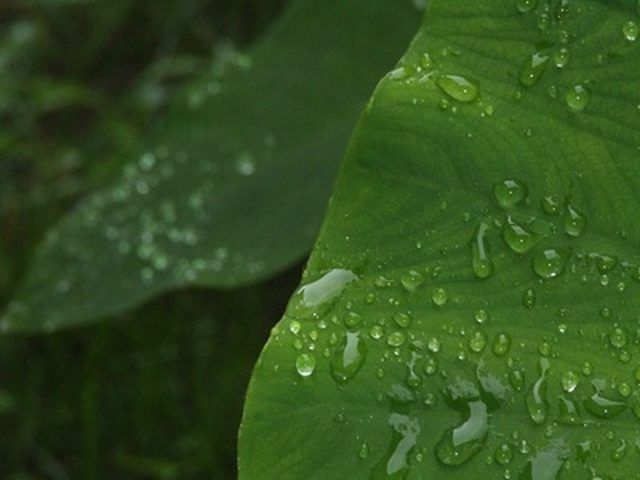Bulbs
Flower Basics
Flower Beds & Specialty Gardens
Flower Garden
Garden Furniture
Garden Gnomes
Garden Seeds
Garden Sheds
Garden Statues
Garden Tools & Supplies
Gardening Basics
Green & Organic
Groundcovers & Vines
Growing Annuals
Growing Basil
Growing Beans
Growing Berries
Growing Blueberries
Growing Cactus
Growing Corn
Growing Cotton
Growing Edibles
Growing Flowers
Growing Garlic
Growing Grapes
Growing Grass
Growing Herbs
Growing Jasmine
Growing Mint
Growing Mushrooms
Orchids
Growing Peanuts
Growing Perennials
Growing Plants
Growing Rosemary
Growing Roses
Growing Strawberries
Growing Sunflowers
Growing Thyme
Growing Tomatoes
Growing Tulips
Growing Vegetables
Herb Basics
Herb Garden
Indoor Growing
Landscaping Basics
Landscaping Patios
Landscaping Plants
Landscaping Shrubs
Landscaping Trees
Landscaping Walks & Pathways
Lawn Basics
Lawn Maintenance
Lawn Mowers
Lawn Ornaments
Lawn Planting
Lawn Tools
Outdoor Growing
Overall Landscape Planning
Pests, Weeds & Problems
Plant Basics
Rock Garden
Rose Garden
Shrubs
Soil
Specialty Gardens
Trees
Vegetable Garden
Yard Maintenance
How to Plant & Care for Mammoth Elephant Ears
How to Plant & Care for Mammoth Elephant Ears. Mammoth elephant ear plants, also known as colocasia esculenta or taro, are a family of herbaceous perennial plants native to Southeast Asia. Colocasia esculenta earns the name mammoth elephant ear because of its heart-shaped leaves which can grow up to 3 feet long and 2 feet wide. In ideal growing...

Mammoth elephant ear plants, also known as colocasia esculenta or taro, are a family of herbaceous perennial plants native to Southeast Asia. Colocasia esculenta earns the name mammoth elephant ear because of its heart-shaped leaves which can grow up to 3 feet long and 2 feet wide. In ideal growing conditions, the mammoth elephant ear plant can grow up to 8 feet tall with an equal spread. Mammoth elephant ear plants grow best in USDA plant hardiness zones 9 through 11, where the average annual minimum temperature is at least 20 degrees F. Outside of these zones, the mammoth elephant ear plant can be grown as an annual.
Things You'll Need
Mammoth elephant ear tubers
Aged manure
Grass clippings
Tiller
Shovel
Warm water
Water-soluble fertilizer
Planting
Purchase firm mammoth elephant ear tubers from your local nursery or garden center. If elephant ear tubers are unavailable in your area, purchase tubers from a reputable catalog or online nursery.
Select a suitable planting location for your mammoth elephant ear tubers. Mammoth elephant ear plants grow best when planted in a partially shaded location that receives at least four hours of direct sunlight each day. Unlike most other types of plants that require well-draining soil to grow, mammoth elephant ears thrive when planted in waterlogged soil near ponds, lakes and other bodies of water.
Spread 3 inches of aged manure over your planting location. Cover the aged manure with 2 inches of fresh grass clippings. Till the amendments into the top 6 to 8 inches of soil.
Dig a planting hole that is large enough to comfortably accommodate your mammoth elephant ear tuber when planted vertically. Dig the hole deep enough so that, when planted, the tuber will be covered by at least 2 inches of soil.
Examine your mammoth elephant ear tuber to determine which way to orient it in its planting hole. Look for a round, bull's-eye like marking on one end of the tuber. Plant the tuber in its prepared hole, marking side up. Tamp down the soil at the surface of the planting hole.
Water your mammoth elephant ear tuber with warm water immediately after planting. Wait two to three weeks for above-ground growth to appear. Continue to water your mammoth elephant ear plant as often as necessary to keep its soil wet.
Fertilize your mammoth elephant ear plant once a month during its growing season to promote vigorous growth. Apply a water-soluble, quick-release fertilizer like Bloom Plus, Miracle-Gro or Grow More according to package directions.
Tips & Warnings
Gardeners outside of the mammoth elephant ear plant's ideal hardiness zones should dig up their tubers once cold temperatures have turned the plant's leaves black. Store the tubers in a cool, dry location for replanting in the spring.
Mammoth elephant ear plants can also be grown in containers. For best results, plant your mammoth elephant ear tuber in an 18-inch planting container filled with a mix of potting compost and perlite.
Wear gloves when handling mammoth elephant ear tubers or leaves as the plant's sap contains an irritant. The mammoth elephant ear tubers and leaves can be handled without gloves only after they have been thoroughly cooked.
Surround mammoth elephant ear plants with a border when planting them in outdoor locations. In many states, mammoth elephant ears are considered an invasive species that is damaging to local flora.